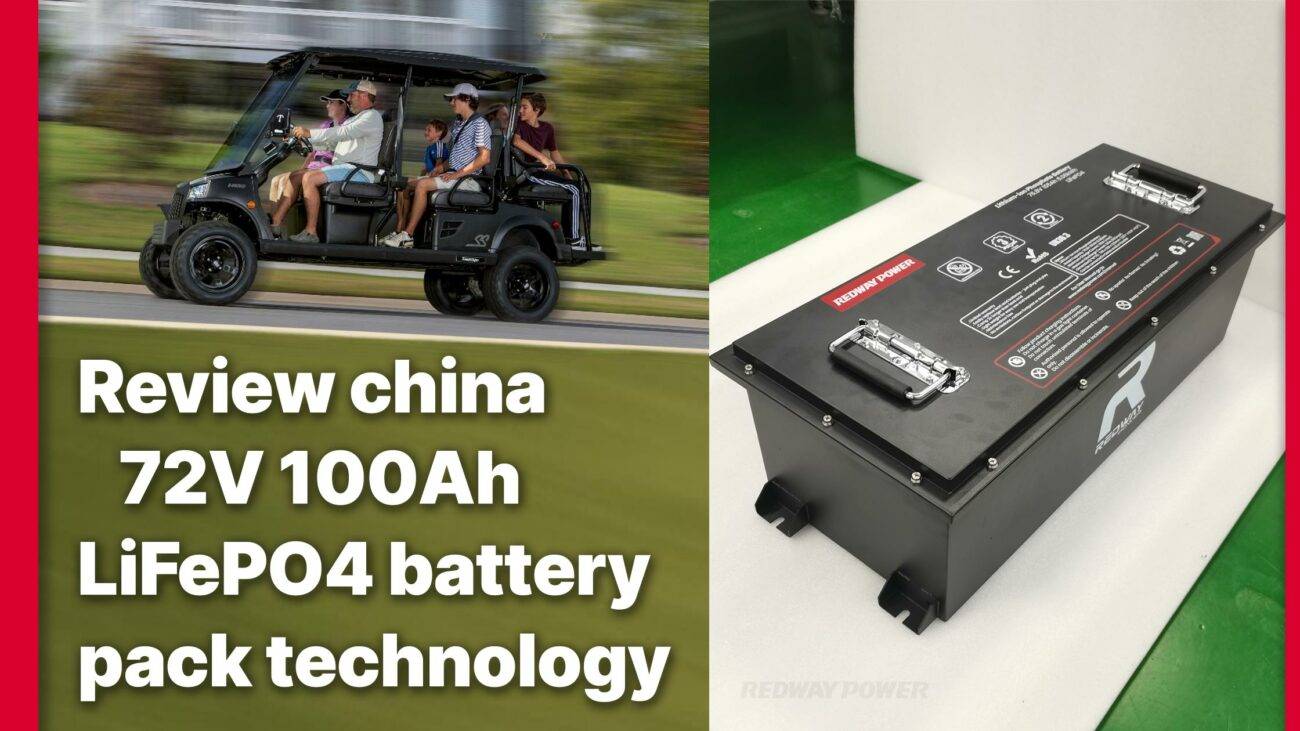
Blog
What Makes LiFePO4 RV Batteries Safe and Certified?
LiFePO4 RV batteries prioritize safety through built-in features like thermal stability, flame-retardant materials, and advanced Battery Management Systems (BMS). Certifications such as UL 1973, UN38.3, and IEC 62619 ensure compliance with international safety, transportation, and performance standards. These batteries minimize risks of overheating, short circuits, and explosions, making them ideal for RV applications.
Lithium LiFePO4 RV Batteries FAQs
How Do LiFePO4 Batteries Ensure Thermal Stability?
LiFePO4 chemistry inherently resists thermal runaway due to strong phosphate-oxygen bonds, which prevent catastrophic failure even under extreme temperatures. Unlike traditional lithium-ion batteries, they operate safely between -20°C to 60°C. The BMS continuously monitors cell temperatures and disconnects power during anomalies, ensuring stable performance in RV environments.
What Certifications Are Critical for LiFePO4 RV Batteries?
Key certifications include UL 1973 (safety), UN38.3 (transportation), IEC 62619 (industrial applications), and CE/RoHS (EU compliance). These validate rigorous testing for short-circuit resistance, vibration tolerance, and environmental safety. Certified batteries meet global regulatory benchmarks, ensuring reliability for RV users.
UL 1973 certification specifically tests for abuse scenarios like overcharging and external short circuits, requiring batteries to maintain integrity without fire or explosion. UN38.3 simulates air transport conditions, including altitude changes and impact tests, while IEC 62619 focuses on industrial durability under continuous high-power demands. Manufacturers combining these certifications demonstrate compliance with the strictest safety protocols for mobile and stationary applications.
How Much Does It Cost to Install an Inverter in an RV?
| Certification | Scope | Key Tests |
|---|---|---|
| UL 1973 | Electrical & thermal safety | Overcharge, short circuit, crush |
| UN38.3 | Transportation safety | Altitude, vibration, shock |
| IEC 62619 | Industrial performance | Cycle life, thermal stress |
Why Is the Battery Management System (BMS) Vital?
The BMS safeguards against overcharge, over-discharge, and current surges. It balances cell voltages, prolonging battery life and maintaining efficiency. For RVs, a robust BMS prevents deep discharges during off-grid use and optimizes charging from solar panels or alternators.
How Do LiFePO4 Batteries Compare to AGM in Safety?
LiFePO4 batteries outperform AGM in energy density, cycle life, and thermal safety. They lack liquid electrolytes, reducing leakage risks, and operate efficiently in wider temperature ranges. AGM batteries, while cheaper, suffer from sulfation and shorter lifespans under deep cycling.
What Are the Fire Safety Features of LiFePO4 Batteries?
Flame-retardant casing and self-extinguishing separators suppress fire hazards. LiFePO4’s stable chemistry doesn’t release oxygen during decomposition, unlike other lithium variants, drastically reducing combustibility. These features make them compliant with RV fire safety standards like NFPA 1192.
The ceramic-coated separators in LiFePO4 cells melt at 135°C to block ion flow during overheating, while the phosphate cathode material remains structurally stable up to 250°C. Comparatively, lithium cobalt oxide batteries used in consumer electronics begin breaking down at 150°C. Third-party testing shows LiFePO4 packs can withstand direct flame exposure for 30 minutes without explosion—a critical advantage for enclosed RV battery compartments.
Can LiFePO4 Batteries Withstand Vibration in RVs?
Yes. UN38.3 certification requires passing vibration tests simulating road conditions. LiFePO4 cells are mechanically robust, with prismatic or cylindrical designs that resist shocks. This durability ensures longevity in mobile RV applications.
What Maintenance Ensures Long-Term Safety?
Minimal maintenance is needed due to the sealed design. However, users should avoid extreme discharges, store batteries at 50-60% charge in cool environments, and periodically check terminals for corrosion. The BMS automates most safety protocols, reducing manual oversight.
How Do Recycling Programs Enhance Safety?
Certified LiFePO4 recyclers safely dismantle batteries to recover lithium, iron, and phosphate, preventing environmental contamination. Proper disposal mitigates risks of landfill fires or toxic leaks. Many manufacturers offer take-back programs, aligning with circular economy principles.
“LiFePO4 batteries are revolutionizing RV power due to their unmatched safety profile. At Redway, we’ve seen a 70% drop in thermal incident reports since adopting UL-certified BMS systems. Their zero-maintenance design and 10-year lifespan make them a sustainable choice for modern nomads.” — Redway Power Systems Engineer
FAQs
- Are LiFePO4 batteries safe in cold weather?
- Yes, they operate efficiently down to -20°C with reduced capacity but no damage.
- Do LiFePO4 batteries require ventilation?
- No, their sealed design and stable chemistry eliminate off-gassing risks.
- Can I replace lead-acid with LiFePO4 in my RV?
- Yes, but ensure your charging system is compatible with lithium profiles.






